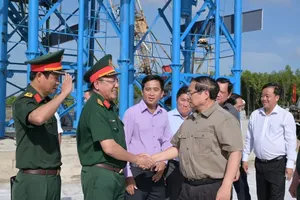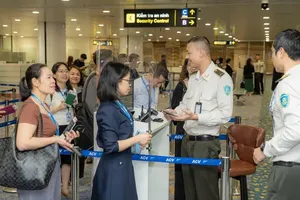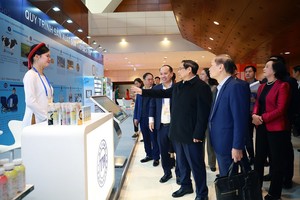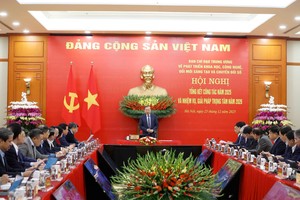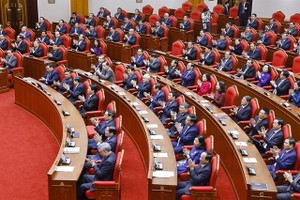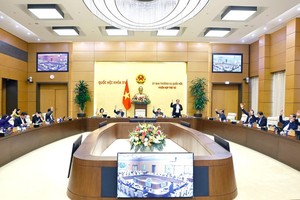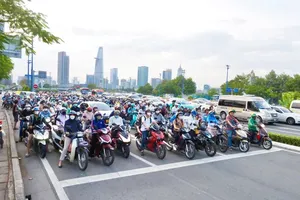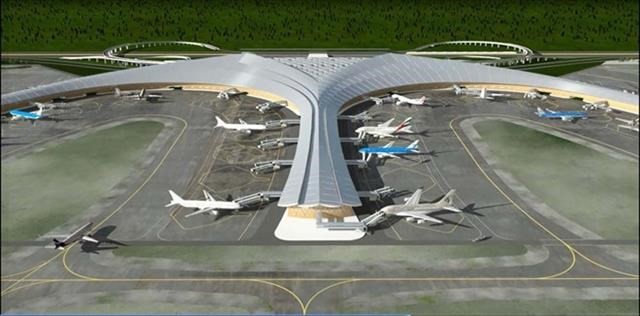
The modern technologies are the most prominent highlights in the Ministry of Transport’s feasibility study report of the Long Thanh International Airport in the first phase, which was recently sent to Prime Minister Nguyen Xuan Phuc and the State Appraisal Council for approval.
The report was conducted by the Airports Corporation of Vietnam (ACV) with consulting participation of the joint venture JFV (Japan, France and Vietnam) headed by Japan Airport Consultants and ADP Ingenierie, in which the ACV and JFV proposed to apply a series of 4.0 technologies to the management and exploitation of the Long Thanh Airport.
Artificial intelligence (AI) will be applied to passenger and immigration procedures to support identification of passengers through biometric data such as face and fingerprints.
Along with national data, AI helps identify people on the flight prohibition list, collates and gives timely warnings to security forces. In addition, AI will help operators analyse data on flights, weather and security monitoring and then set up programmes for security control, risk management, coordination and operation division.
According to Deputy Minister of Transport Le Dinh Tho, all systems will be part of IoT (internet of things), linking with software, sensors and network connections so they are capable of collecting, transmitting and exchanging information and data. IoT helps these technical devices identify and control remotely based on wireless technology infrastructure platforms and the internet.
"One of the most prominent IoT applications is the radio frequency identification technology, which is a connection technology that automatically identifies and tracks identity cards attached to objects like luggage, equipment and passengers,” Tho said.
The airport is designed with automation technology, which is currently used at new and major airports around the world such as Incheon T2 of the Republic of Korea and Changi T4 of Singapore, including Self Check-in Kiosk, Self Baggage Drop, Automatic Gate Access Control, Automated Immigration, and E-gate.
In order to ensure aviation security, the consulting unit proposed to use the automatic Body Scanner, which will be equipped inside the passenger terminal, instead of security checks to save time and improve the comfort of passengers.
The consulting unit said the technical work force and flight management group for the Long Thanh Airport would be selected from the key force of Tan Son Nhat International Airport. They would attend advanced training courses at international training centres.
In the first phase, the airport would need about 5,000-6,000 officials and employees.
The Long Thanh Airport is located in six communes of Long Thanh district in the southern province of Dong Nai. It has a total investment of VND336.63 trillion ($14.5 billion) with construction divided into three phases.
In the first phase, a runway and one passenger terminal along with other supporting works would be built to serve 25 million passengers and 1.2 million tonnes of cargo each year. The first phase was expected to be completed by 2025.
In the second phase, one more runway and another passenger terminal would be built to serve 50 million passengers and 1.5 million tonnes of cargo a year. After the third phase, the airport would be able to serve 100 million passengers and five million tonnes of cargo a year.

